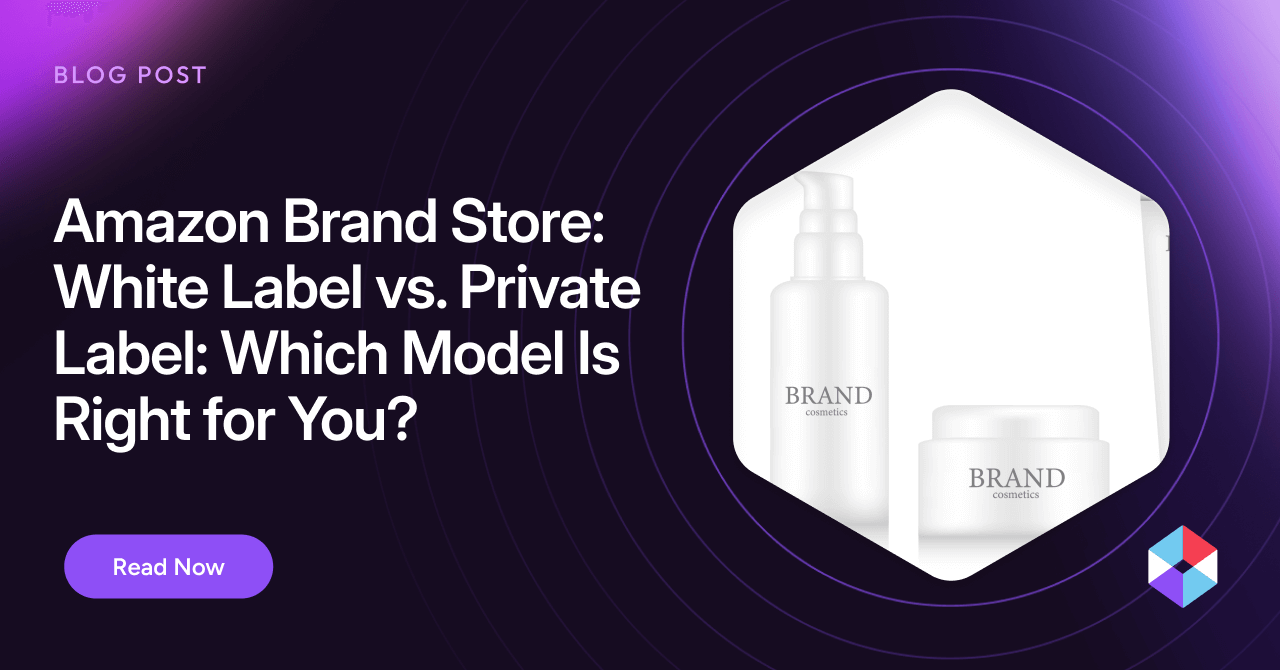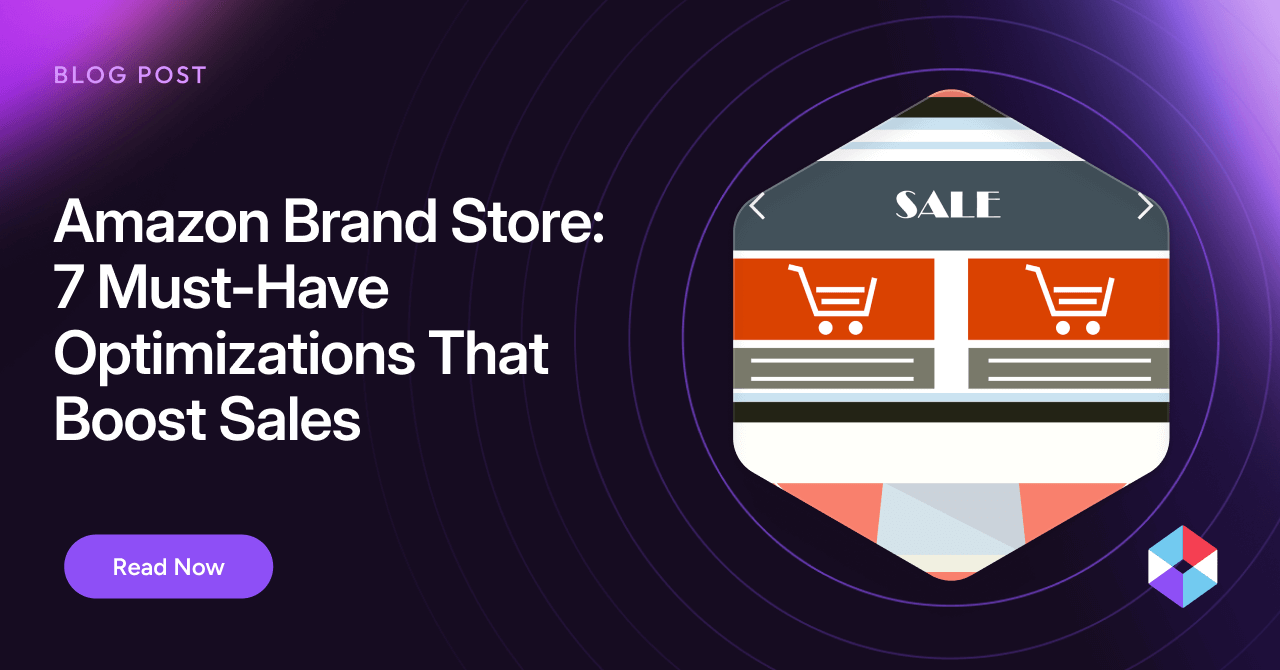The last couple of years have been characterized by uncertainty, which makes predicting the year ahead much more challenging. In this article, Noogata chief executive and co-founder Assaf Egozi takes on that challenge and outlines five key retail trends to look out for in 2022.
Ecommerce has undoubtedly seen a boon in recent years. At the height of the pandemic, the industry observed a shift in consumer buying behaviour that might have taken five years, happen in a matter of months. While we all hope for more normal circumstances to return in 2022, how should consumer goods companies plan for the year ahead? In this article, I outline five key trends to look out for.
1) Ecommerce to grow share
2020 saw a seismic shift to ecommerce accelerated by lockdowns at the height of the global pandemic, but that trend reversed slightly in 2021. According to figures from Digital Commerce 360, slower growth (compared to in-store sales) meant ecommerce accounted for 18.1% of retail sales in the first three quarters of 2021, down from 18.8% in 2020. Having said that, I expect that in the coming year we will see ecommerce market share rise again. Many first-time online consumers will have experienced lasting shifts in buying preferences, so we expect long-term year-on-year growth rates to return in 2022.
“Nearly a third (31%) of European consumers believe that how they shop for apparel will change permanently, even after the impact of the pandemic recedes.” Eversheds Sutherland
2) Direct to Consumer (D2C) to offer deeper insights
As consumer goods companies continue their digital transformation, so too does their search for more detailed insights into customer preferences. D2C represents a rich fountain of information to unearth such insights. When organizations own the channel via which they interact with customers, they have access to richer data with which to build profiles, provide personalized offers, forecast demand, model price sensitivity and guide more targeted marketing campaigns. The year ahead will see new opportunities to grow this D2C dataset and combine it with data collected from other sales channels in a way that provides novel insights.
3) Omni-channel proves crucial
While ecommerce continues growing, the importance of traditional in-store distribution cannot be underestimated. By using location-based analytics to analyze omni-channel data, many of our customers have detected a strong correlation between physical store footprint and online sales from the same area. The logic behind this relationship is simple and intuitive. A strong physical presence in a given location – through on-shelf visibility and neighborhood marketing campaigns – helps strengthen brand awareness, which in turn contributes to online sales. This is especially true for new or niche brands.
Looking forward to 2022, consumer goods companies will improve their ability to gather omni-channel data and overlay location-based analytics, and in turn, find it easier to identify regional opportunities for growth, prioritize field sales and target local marketing efforts in a way that maximizes sales.
4) Enriching data will boost understanding
Consumer goods companies already have significant amounts of data to collect and analyze from ecommerce marketplaces, D2C channels, advertising platforms and bricks-and-mortar distribution networks. But the digital world provides a variety of additional sources to enrich those primary channels and drive more detailed market and customer understanding. By gathering data from social platforms like Twitter and Reddit, product review sites and blogs, organizations can augment their primary data sources to drive deeper, more novel insights.
5) From generic ‘big data strategies’ to targeted use-case driven analytics
My final prediction for the year ahead relates more broadly to the way consumer goods companies approach their data and analytics. For many years, the tendency has been for companies to pursue ‘big data strategies.’ Data was collected and stored without too much forethought in the hope that it may one day prove of value. Data lakes rapidly filled up with such data, much of it of questionable value, spawning the term data swamp. Such swamps proved difficult to navigate, causing challenges with data discoverability and quality, and increasingly posing potential liabilities given evolving privacy regulations.
By collecting data for the sake of it, many companies have begun to realize that they put the cart before the horse. The best way to correct such an approach is to first assess forward-looking business requirements. That means taking the time to define key business questions that the business would like answered, and then identifying the data elements needed to answer those questions and how best to source those elements. This kind of approach ensures technical resources are directed in a way that focuses on business outcomes. It can also help mitigate risks and liabilities associated with collecting too much data, especially around PII.
Driving growth across all channels
Overall, the year ahead offers significant opportunities for consumer goods companies to drive growth across all channels as they continue their path towards digital transformation. By directing data and analytics in a more business-focused approach, organizations have the potential to maximize their returns through a better understanding of consumer and market behaviour.



